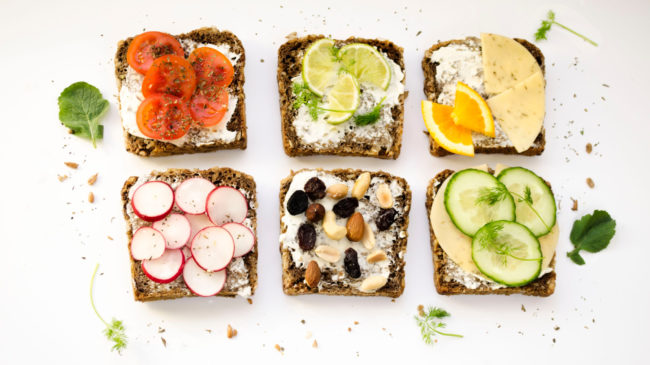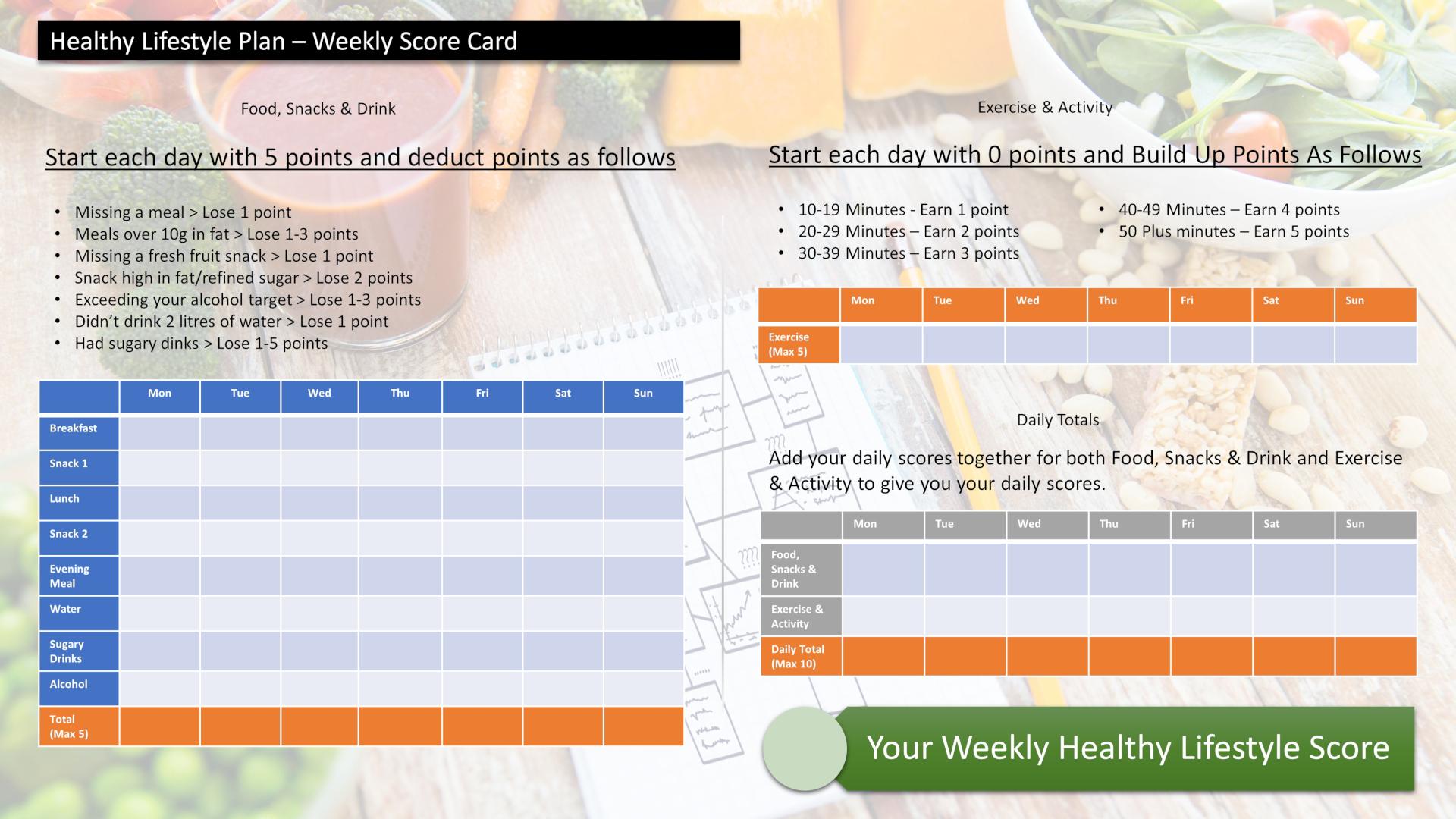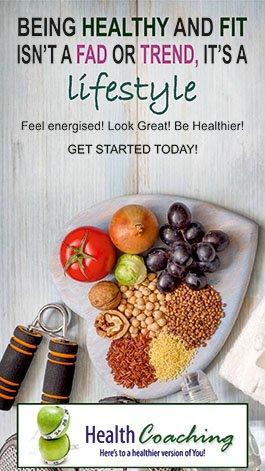Today’s lifestyle practice is simply asking you to be aware of what you actually eat.
In this series of articles looking at the Lifestyle Practices essential for a healthy lifestyle we so far have looked at:
The importance of drinking water
Sleep 8 hours nightly
The need to be physically active
Today we are going to get you to be aware of what you actually eat and the dangers associated with it.
This is a subject I’ve recently blogged on quite extensively. I would highly recommend you have a read of the previous posts. But let me give you a brief summary of the details here.
Why Meat Is Bad for Your Health
There is a great amount of evidence warning us of the health risks of eating meat, by this I’m referring to both red and white meat. They have high fat and cholesterol content, minimal fiber, and are associated with an increased risk of many chronic illnesses having been linked to obesity, heart disease, cancer, diabetes, and a many other chronic and deadly disease.
Why Dairy Is Bad For Your Health
There is compelling evidence showing that dairy products are associated with a wide variety of serious human ailments including various cancers, cardiovascular diseases, diabetes and an array of allergy-related diseases. A dairy free diet is now proving to be one of the most effective ways to dramatically improve health.
Why White Pasta, Bread And Rice Is Bad For Your Health
We are consuming massive amounts of nutritionally poor plant-based foods, notably: refined grains (white bread, white pasta, and white rice), which are stripped of much of their nutrients and dietary fiber. It is a fact that people who eat too many refined grains are at increased risk for obesity and type 2 diabetes. Research shows that consumption of refined products is the leading cause of diseases and disorders such as diabetes, heart disease and cardiovascular problems. They have also been connected to allergies, anorexia, bone loss, depression, Celiac Disease and gluten intolerance.
Now in addition to these I want to make sure you are aware of the dangers of too much fat, sugar and salt.
Our food choices shape our health, and the foods that comprise our standard diet are shaping our health for the worst. T. Colin Campbell, PhD, author of The China Study, calls fat, sugar and salt “the three devils.”
Many health problems today are linked to poor eating habits. Too many people eat too much saturated fat, added sugars and added salt. Even reducing these by small amounts can make us healthier. It can help us manage our weight better and reduce our risk of chronic diseases like heart disease, high blood pressure, stroke, Type 2 diabetes, some cancers and chronic kidney disease.
It is a fact that in the construction of a great majority of today’s processed food, the primary considerations of the manufacturer are taste, mouth-feel, appearance, shelf life and profit. Sadly, the all-important considerations, these being the nutritional value of the product, and the effect that the product will have upon the wellbeing of the consumer, are not always given the attention that they deserve.
This sad oversight has resulted in the proliferation of very attractive, very tasty, very long-lasting food products that have as their main ingredients, refined sugar, highly refined grains, highly refined, hydrogenated fats and too much salt.
Sugar
Sugar contains calories but few nutrients, so eating too much added sugar and sugary food and drinks instead of other healthy foods can make your diet less nutritious. A high intake of sugar can lead to gaining weight and of developing Type 2 diabetes and heart disease.
Salt
You need some salt for good health, but it’s only needed in small amounts. Eating too much salt may increase the risk of developing high blood pressure which is a risk factor for heart disease, stroke and chronic kidney disease.
Fat
Fat is an essential part of our diet and is important for good health. There are different types of fats, with some fats being healthier than others. To help make sure you stay healthy, it is important to eat unsaturated fats in small amounts as part of a balanced diet but my own personal recommendation is you never exceed 20 grams of fat in any meal.
When eaten in large amounts, all fats, including healthy fats, can contribute to weight gain. Fat is higher in energy (kilojoules) than any other nutrient and so eating less fat overall is likely to help with weight loss as well as bringing about improvements in health.
Unsaturated fats – The good fats
Unsaturated fats are an important part of a healthy diet. These fats help reduce the risk of heart disease and lower cholesterol levels (among other health benefits) when they replace saturated fats in the diet.
There are two main types of unsaturated fats:
Polyunsaturated Fats
Omega-3 fats which are found in fish, especially oily fish.
Omega-6 fats which are found in some oils such as safflower and soybean oil, along with some nuts, including brazil nuts.
Monounsaturated Fats
Found in olive and canola oil, avocados and some nuts, such as cashews and almonds.
Saturated fats – Bad Fats
Eating greater amounts of saturated fat is linked with an increased risk of heart disease and high blood cholesterol levels. These fats are usually solid at room temperature and are found in:
Animal-based products:
Dairy foods – such as butter, cream, full fat milk and cheese
Meat – such as fatty cuts of beef, pork and lamb and chicken (especially chicken skin), processed meats like salami.
Some plant-derived products:
Palm oil
Coconut
Coconut milk and cream
Cooking margarine
Many manufactured and packaged foods:
Fatty snack foods (such as potato chips, savoury crackers)
Deep fried and high fat take away foods (such as hot chips, pizza, hamburgers)
Cakes and high fat muffins
Pastries and pies (including quiche, tarts, sausage rolls, pasties, croissants)
Sweet and savoury biscuits
Trans fats – Worst Fats
Trans fats are unsaturated fats that have been processed and as a result, behave like saturated fats. Eating trans fats increases the levels of ‘bad’ cholesterol and decreases the levels of ‘good’ cholesterol in the body which is a major risk factor for heart disease. It is important to lower the amounts of trans fats you eat to help you stay healthy and to do this you must be aware of what you actually eat. You must start to check the labels on the foods you buy.
Trans fats are found in many packaged foods and also in butter and some margarines.
Try to keep an eye on the overall amount of fat you eat and what type of fat this is. My recommendation is to eat no more than 20 grams of fat per meal.
This healthy lifestyle practice is asking you to be aware of what you actually eat. Think before you munch. Make healthy choices. At the very least limit your fat, sugar and salt consumption. For the best health limit your consumption of animal products, meat, dairy and everything related to animals.
This is Larry Lewis
This article is part of a series and these are the others in the series so far:
Lifestyle Practices Essential For A Healthy Lifestyle
Lifestyle Practice One: Drink at least 2 litres of water daily
Lifestyle Practice Two: Sleep for 8 hours a night
Lifestyle Practice Three – Get Physically Active
Score Your Way To Good Health - With Our Healthy Lifestyle Plan
Score your way to good health with our healthy lifestyle plan and it's unique 70 point weekly scorecard!



